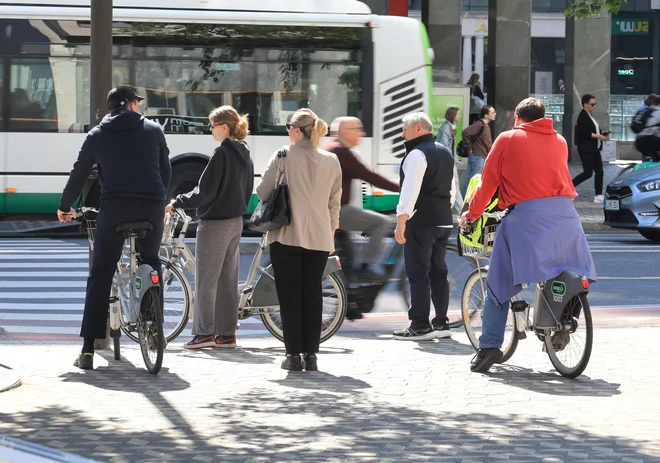When the health care is stuck in the ground
The health service of Finnmark’s population is not only dependent on the performance of the Finnmark Hospital. It is also closely linked to other infrastructure, and especially accessibility on important roads, the price of airline tickets, and the rules for patient travel.
It is about a year and a half since I started as CEO of Finnmark Hospital. My primary assignment has been to renovate the Finnmark Hospital to solve the assignment we are given within the framework we have been given. Until now, we have worked with solutions where we use our resources in a way that provides as much and best health as possible for every penny – for the benefit of the patients, which includes both structure, use of resources and of course, and we begin to see more positive results.
But a chain is never stronger than the weakest link, and the hospital services must be seen in the context of other infrastructure in the surrounding community. Because is not the infrastructure there, this becomes a limitation that makes it more challenging than it needs to be. And in the worst case, it can be critical.
The first are the bottlenecks on the roads
We often talk about not doing anything about the weather. This is how it is, but we can do something about the infrastructure that contributes to a simpler life and to better logistics.
Also this winter, there have been countless news stories about trailers that are stuck in hills and block traffic, and about snow avalanches blocking the road. This creates challenges for ambulance cars that are on the wrong side of the trailer, or patients who do not arrive at an agreement in Hammerfest or Alta, where we increase patient activity.
There have been many such incidents, and for our part the most critical routes are RV94 Leirvik Flågan in Hammerfest, and the E6 Stokkedalen and E45 Kløfta in Alta. Since January 2024 and until today, Leirvik Flågan and Kløfta have been closed 129 and 63 hours respectively as a result of race, trailers or accidents. In March this year, Stokkedalen has been closed for 8.5 hours for the same reasons (source: Norwegian Public Roads Administration 23.04.25). In addition, there are a large number of incidents where the routes for various reasons have had limited accessibility (I have not included road work).
These are pot -ready projects that will make it easier for patients and patient transport, and which it is important to get started and implemented quickly.
I therefore think many in Finnmark now expect that these three projects in particular will come into the upcoming state budget.
The second is prices and flight routes
Finnmark is a county that in particular depends on a good flight net. Often the flight is the only alternative, but when the traveler has to wait for hours due to air change internally in the county, this becomes an extra burden for patients and other travelers. Patient travel Finnmark has about 30,000 flights annually.
The possibility of mobility is also related to stability in the local communities in Finnmark. For example, the journey between the airports in Hammerfest and Tromsø is a challenge for stabilization and recruitment in the Hammerfest community.
For the Finnmark Hospital, this is about the fact that permanent health professionals with family and friends in the south do not have the finances to stay – even though they would like to. When the journey to visit Grandma and Grandpa in the South costs half a monthly salary or more, the solution becomes for many. This is actually a challenge for the Finnmark Hospital, which creates greater penetration than necessary. It is, in turn, not good for the patients.
In 2018, the Department of Transport Economics stated that the Hammerfest-Tromsø section is one of Norway’s most expensive individual stretches, and that the trip to Oslo is on average two or three times more expensive from Hammerfest, than from Alta. I leave the solution to others, this is a commercial route, but a lack of flight seats and high ticket prices is a major disadvantage for the local community. Maybe the biggest.
The third are patient journeys
In Patient Travel Finnmark, we have talented and dedicated employees who annually provide about 100,000 trips to and from treatment institutions. But the Patient Travel Regulations – which say that travel should take place in the cheapest way, and that the coverage of hotels should take place at set rates – is not well enough adapted to the challenges we face in Finnmark.
What works well in central areas by bus, train or tram every ten minutes does not necessarily work in communities with two daily flights or bus departures. We have seen examples that some have spent a day on very simple consultations, and that travel has become very expensive for patients due to high hotel prices. This must be done about this, and the only ones who can do something about this are our elected officials.
A self -sufficient future
Of course, I can’t speak to other players in Finnmark, but we will have a specialist health service and emergency preparedness that lasts for decades. My goal for the Finnmark Hospital in the long term is that we should be self -sufficient with professionals and leaders.
An important prerequisite for this is that it is easy and predictable to live and live in the county, even for those who come here. Works the infrastructure, most of it resolves. It also has a geopolitical dimension, with an expressed desire for stable settlement in Norway’s northernmost county.
Everything is related to everything, as the then Prime Minister Gro Harlem Brundtland stated in 1993. Finnmark is no exception, and I think it is necessary to take the trip up the helicopter to highlight the contexts and things we can actually do.




